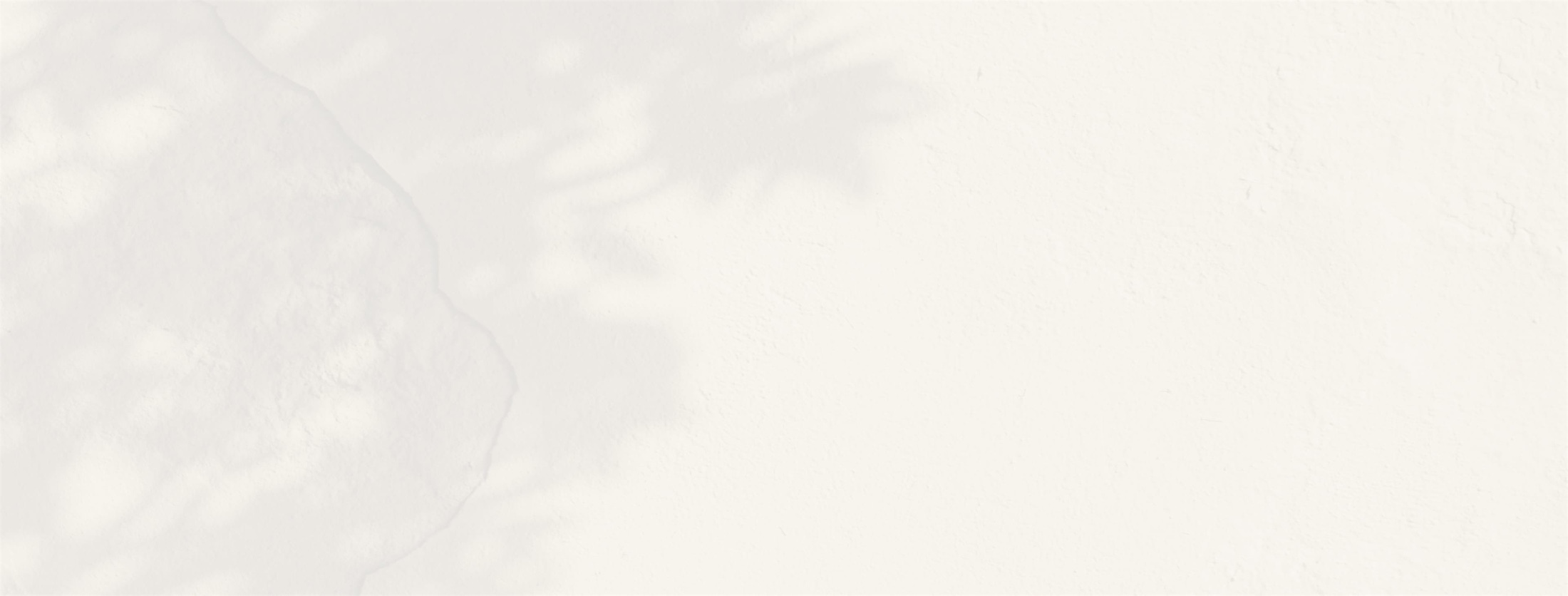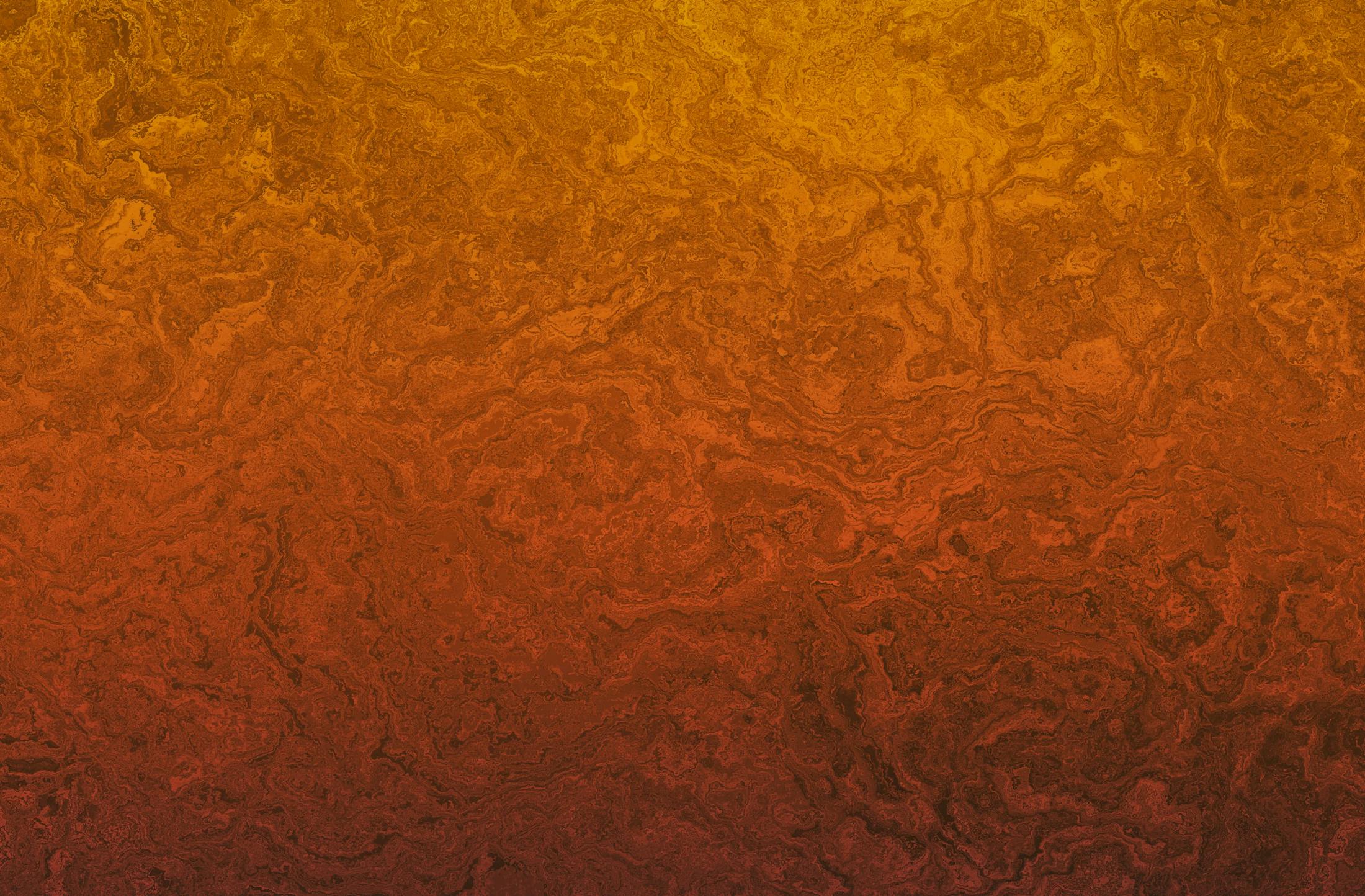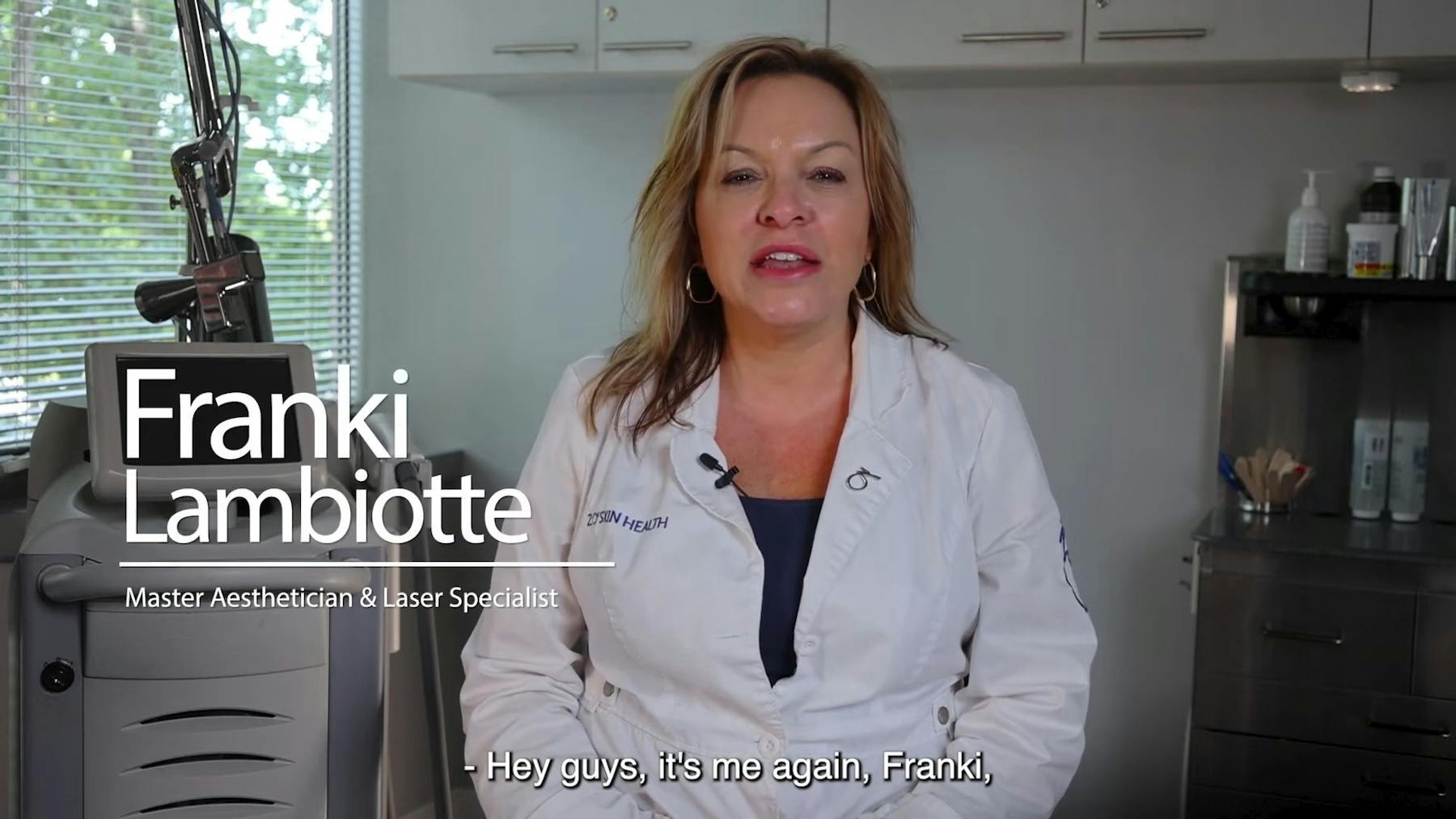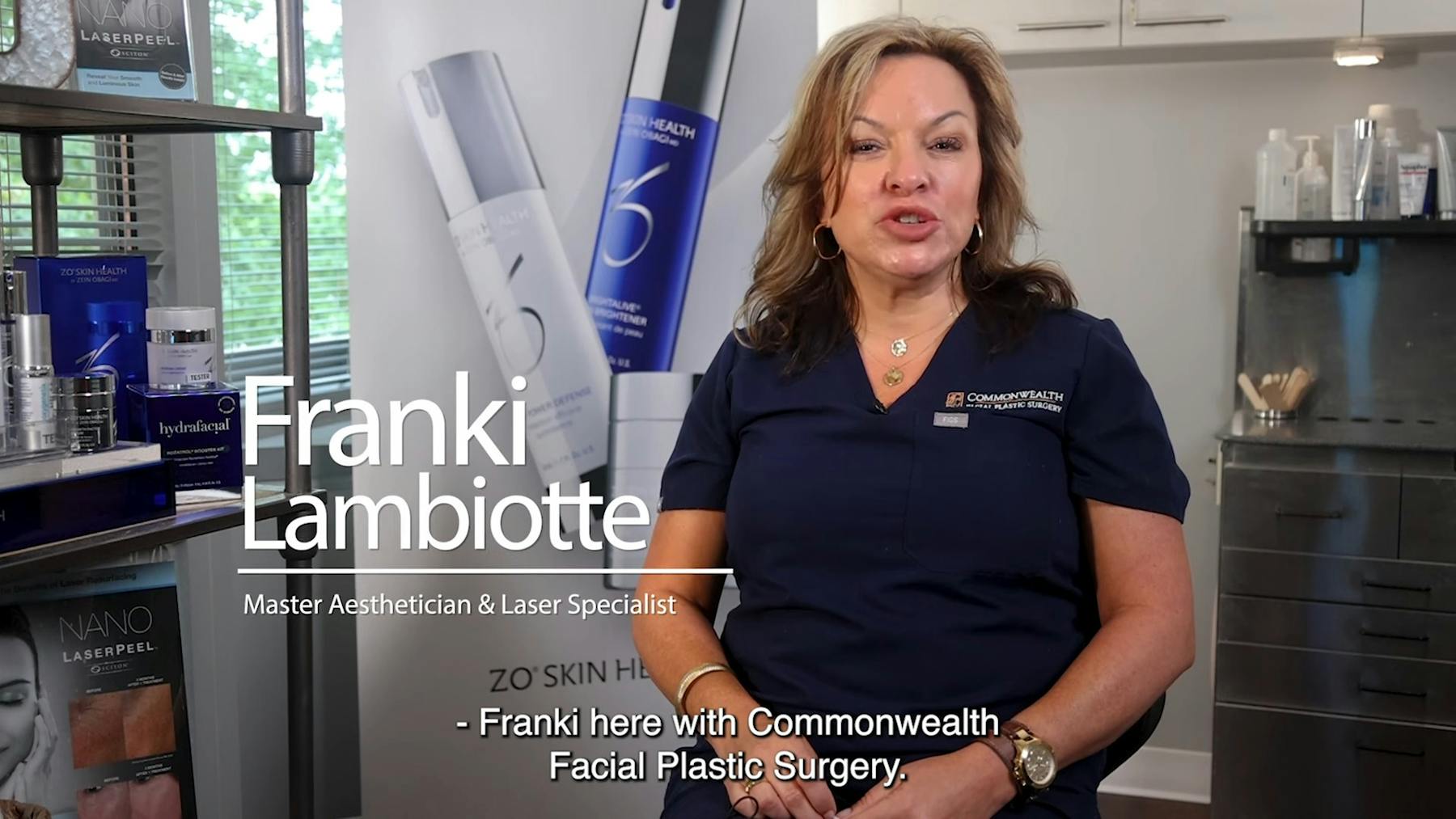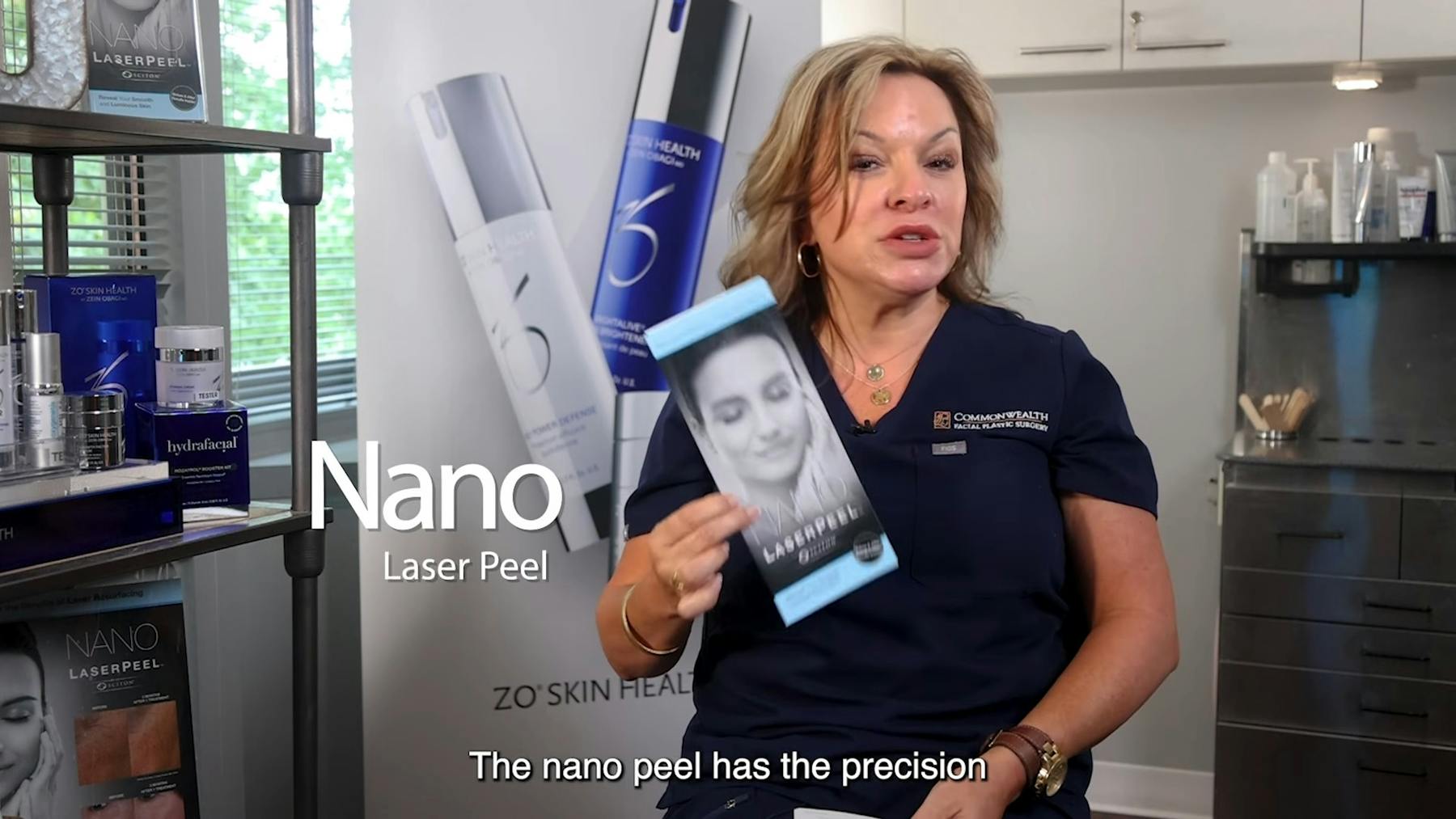What To Expect During/After Your Chemical Peel in Richmond, VA
The process for applying a chemical peel is generally the same for each type but will vary slightly depending on the level of solution being applied. Anesthesia is not used during this procedure. First, the face is thoroughly cleaned. The chemical agent is then brushed onto the skin. You may experience some mild stinging during this time. Remember to wear sunscreen and limit your sun exposure as much as possible after your chemical peel in Richmond, VA. It is incredibly important to keep in mind that all skin types are different.
Different skin types and regimens—both before and after the peel—will make a difference in how the skin reacts and heals. Not all patients peel, and not all patients will peel in the same way. Our chemical peels are traditionally recommended in a series of 3-6 treatments, spaced around a month apart. You must follow our chemical peel protocol—our licensed master aesthetician will consult with you and pick the peel that is right for you, your skin type, and your goals.


